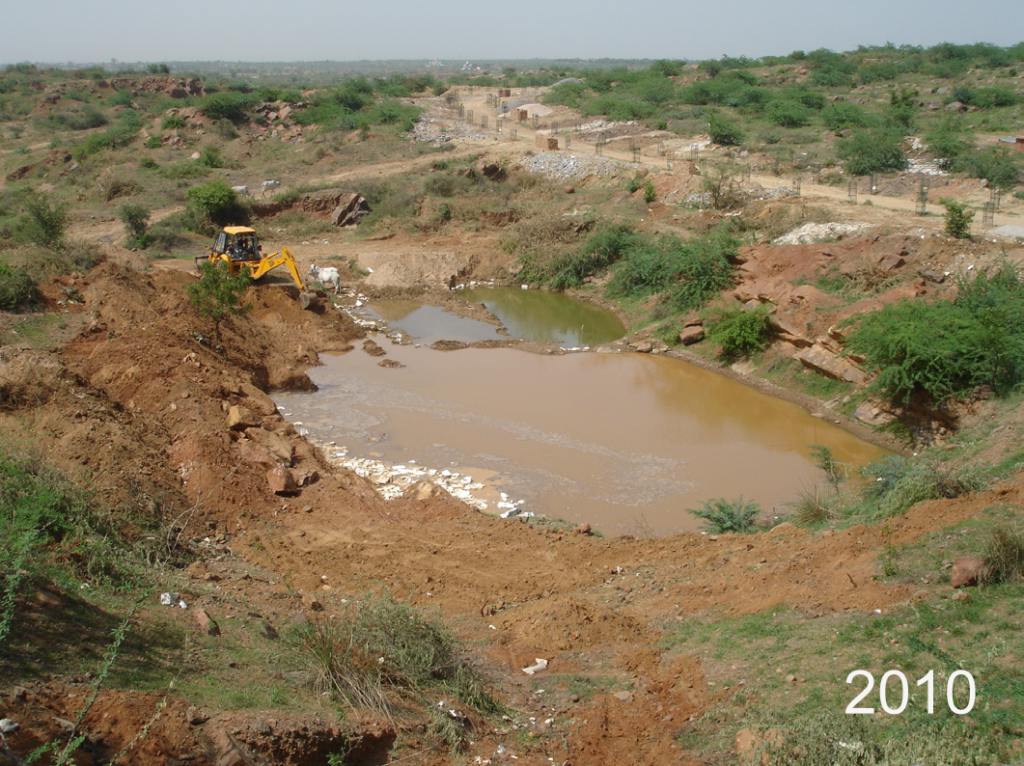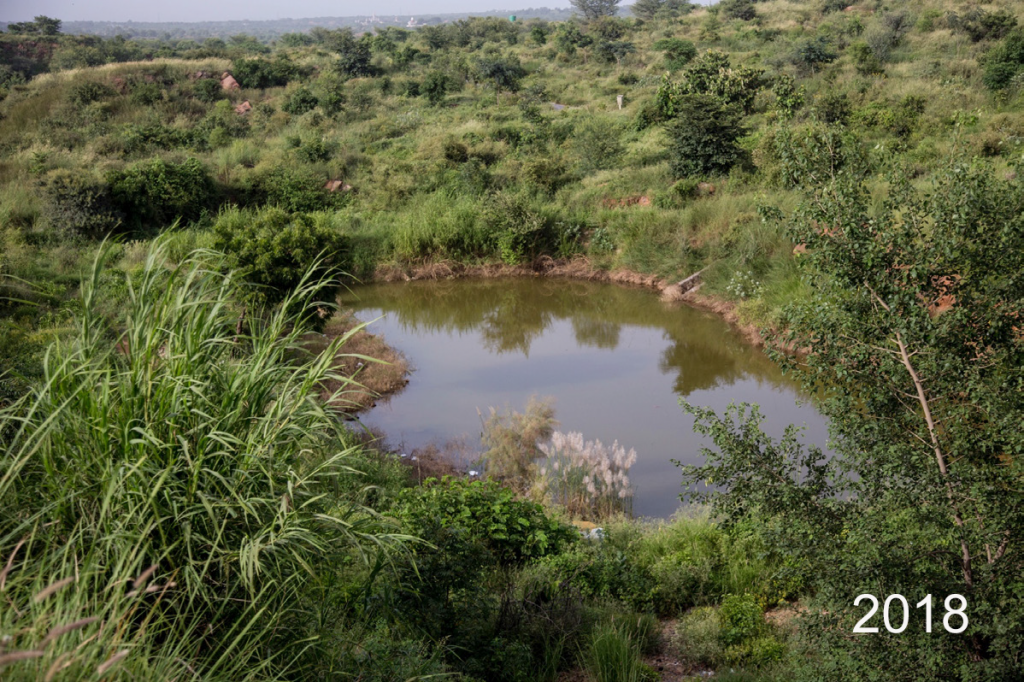It Takes a Global Village to Plant and Manage a Trillion Trees
Author: Dr. John A. Stanturf
John Stanturf is a Visiting Professor at the Estonian University of Life Sciences, Tartu, Estonia, and Senior Restoration Specialist at InNovaSilva, Vejle, Denmark.
He is Deputy Coordinator of the IUFRO Task Force on “Transforming Forest Landscapes for Future Climates and Human Well-Being”.

Tree planting to combat climate change is wildly popular. Several countries and many organizations talk about planting billions or trillions of seedlings. Contrary viewpoints have also hit the popular press and scientific journals, pointing out that the need to reduce GHG emissions still remains the greatest challenge. Overlooked in many of these high profile news items is the reality that tree planting is not a simple activity; to be successful, we must plant the right trees, in the right places, at the proper time for young seedlings to prosper, grow, and eventually provide multiple benefits including biodiversity. Because it takes several decades until restored forests reach desired carbon sequestration levels, long-term management of forests and trees is key. And establishing new forests is even more complicated; successful tree planting requires planting stock grown with specific traits to meet the challenges of particular sites and the restoration objectives. Focusing only on planting ignores everything that is needed to get to the point of planting seedlings, including seed collection, processing, and nursery practices through to caring for seedlings after planting.
This is only one of the lessons learned by IUFRO scientists who looked at 17 projects in 9 countries (https://www.iufro.org/publications/series/occasional-papers/article/2020/02/14/occasional-paper-no-33-forest-landscape-restoration-implementation-lessons-learned-from-selected/). These projects followed the forest landscape restoration (FLR) approach, a participatory process that aims to improve forested landscapes for people and for biodiversity. Different activities – agroforestry, tree planting, natural regeneration, removing exotics, fencing, etc. – were taken by organizations and communities to better provide ecosystem services, support biodiversity and withstand threats such as climate change.
Aligning and managing expectations in the design and implementation of an FLR project must balance competing interests and differing priorities for livelihoods versus biodiversity. At times, biodiversity benefits are possible by preferring native species. In the Aravalli Hills of India, for example, more than 150 native species were introduced, including some that are either very rare or almost locally extinct from the region. In Ghana, landless farmers partnered with researchers to restore degraded forest reserves using the modified taungya system. This allowed the farmers to grow edible crops between planted trees, thereby meeting their food needs for up to 5 years before the tree canopy closes and reduces light to the ground. The farmers selected the tree species to plant, choosing mostly native species that further biodiversity goals. These are just two examples of the lessons learned, pointing out ways to overcome the common problem that strong incentive systems need to be established, spanning over sufficient time horizons with clear benefits to local stakeholders.
Many other lessons are highlighted, including the need to involve local communities at the earliest stages of restoration planning and that restoration requires time for change to become obvious. Not all stakeholders, however, have the requisite technical knowledge or resources to fully participate and commit to long-term involvement. The need for trained FLR facilitators in agencies and NGOs was recommended, along with training and capacity development for local communities. Ten lessons learned are summarized, with implications for practice by decision-makers in the governance space, facilitators in the FLR facilitation space, and local stakeholders in the field implementation space. Take a look at the details of the FLR projects and the lessons drawn from this collective experience.



Leave a Reply